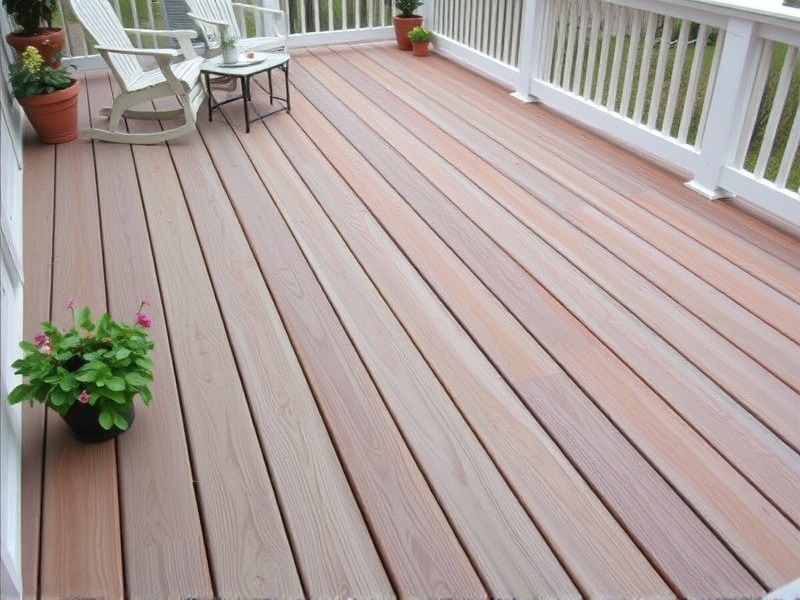Our Location
304 North Cardinal St.
Dorchester Center, MA 02124
Learn about the best practices and products to use in order to prevent your composite deck from fading and extend its lifespan.

Composite decks are a popular choice for homeowners due to their durability, low maintenance, and aesthetic appeal. However, one common issue that can affect the appearance of these decks over time is fading. Composite deck fading occurs when the color of the deck starts to change, often becoming lighter or developing a dull appearance. This can be caused by exposure to sunlight, moisture, and other environmental factors. Understanding the causes of composite deck fading is the first step in preventing it.
The quality of the composite material you choose plays a crucial role in how well your deck will withstand the elements. Look for materials that are specifically designed to resist fading. High-quality composites typically contain UV inhibitors that help protect the deck from sun damage. Additionally, consider the brand reputation and warranty offered. A reputable manufacturer will stand behind their product, offering guarantees against significant fading or discoloration over time. Research brands and read reviews to find the best option for your needs.
Applying a UV-resistant sealant is an effective way to protect your composite deck from fading. These sealants create a protective barrier that shields the surface from harmful UV rays. When selecting a sealant, ensure it is specifically formulated for use on composite materials. Apply the sealant according to the manufacturer’s instructions, usually requiring two coats for optimal protection. Regular reapplication is also necessary, as the sealant can wear off over time, especially with frequent exposure to the elements.
Regular cleaning helps maintain the appearance and longevity of your composite deck. Dirt, grime, and mildew can accumulate on the surface, leading to premature fading. Use a soft-bristled brush and a non-abrasive cleaner to remove dirt and debris. Avoid harsh chemicals that can damage the composite material. For tougher stains, use a mixture of warm water and dish soap. Rinse thoroughly to prevent any residue from damaging the surface.